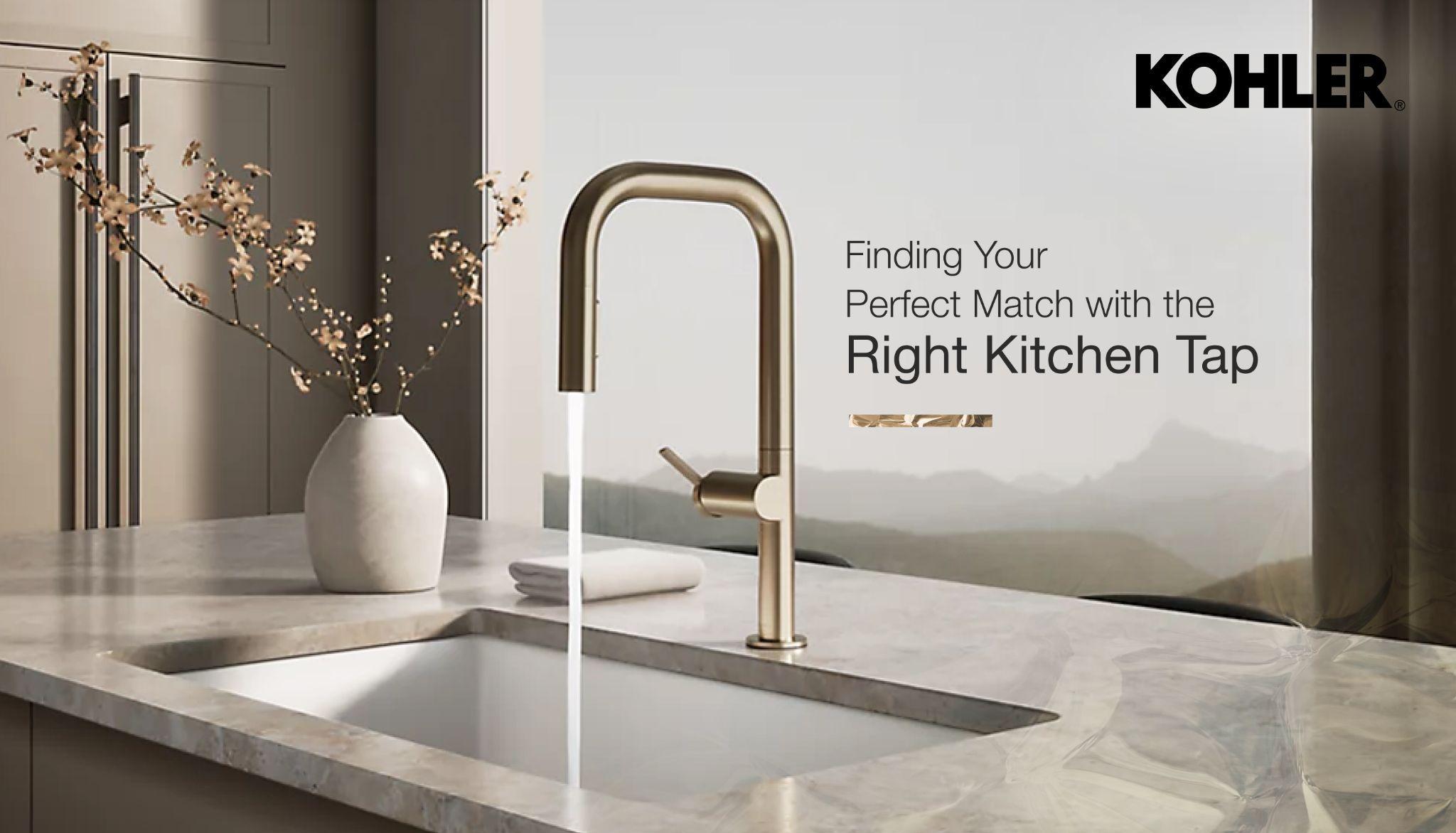Nothing ruins a relaxing bath faster than watching dirty water refuse to go down the drain. When water drains poorly or doesn’t drain at all, when strange smells emerge or odd noises occur, bathroom routines become frustrating rather than relaxing. The good news? Many drainage issues can be addressed independently, saving both money and inconvenience before calling in professional help. With basic household items and some practical understanding, many common drainage troubles can be fixed right at home. This guide walks through various issues and offers practical remedies anyone might attempt before resorting to costly repair services. While premium fixtures like Kohler floor drain systems deliver reliable performance, every plumbing setup needs occasional maintenance to function properly.
Resolving Slow Drainage
The Problem
Water pooling around your feet during showers or draining slowly after baths usually means hair, soap scum and other gunk has built up just below the tub drain opening.
The Solution
Start by taking off the drain stopper. Most modern bathtub drain designs use either toe-tap, push-pull or trip lever mechanisms. Carefully unscrew or unclip the stopper and put it aside. Wearing gloves, use a drain cleaning tool like a plastic zip-it strip or flexible wire to pull out the built-up debris.
Follow up by pouring a mixture of hot water with dish soap or white vinegar and baking soda down the drain. Let it sit for 10-15 minutes, then flush with plenty of hot water. This helps break down any remaining gunk coating the inside of the pipes.
Related Link: Bathroom Trends 2025: Elevate Your Space with Kohler
Managing Complete Blockages
The Problem
If water doesn’t drain at all, you’re dealing with a full blockage. This usually happens because of major build-up of hair, dirt, oils or items that accidentally fell down the drain.
The Solution
After removing the stopper, use a plunger made for flat bathtub surfaces. Make sure there’s enough standing water to cover the plunger cup, then plunge firmly for 20-30 seconds. If that doesn’t work, try a hand-crank drain snake or auger. Feed it slowly into the drain while turning it. When you feel resistance, you’ve probably hit the clog—twist and pull to break it up or bring it out.
Always run plenty of hot water down pipes after removing blockages. When drain issues continue despite your best efforts, calling a plumber makes sense—especially when stuff is stuck deep inside the pipes or old, rusted plumbing is causing problems.
Getting Rid of Bad Smells
What Causes It
Clean bathrooms can still have awful smells rising from drains. Stale water, growth of various fungi, germs and decomposing bits get stuck inside the plumbing system.
How to Fix It
First, give the visible drain parts a good scrub – they trap a lot of mess. Then try this mix: scatter baking soda (about what fits in your palm) down the hole, followed by white vinegar until it bubbles up. This natural cleaner breaks up sticky build-up and neutralises odors. Wait about 20 minutes, then wash away with the hottest water your tap provides.
When smells keep coming back, look for enzyme cleaners at the shop. These special treatments use nature’s own breakdown processes to eat through the gunk in your pipes without damaging them like harsh chemicals would.
Strange Gurgling Noises
What Causes It
Weird sounds after draining the tub signal air flow problems in your plumbing. The gurgling happens when air gets sucked through water because something’s wrong with how your pipes breathe.
How to Fix It
A plumber will probably be needed for this one, particularly in tall buildings or houses built decades ago. Still, do check whether anything blocks the pipe sticking up from your roof – that’s your plumbing’s breathing tube. Leaves, bird nests, and winter snow can stop air from balancing pressure in your drains.
For a quick temporary solution, consider putting in an air valve near your bath overflow. If your local building rules allow them, these clever gadgets let air enter pipes but keep sewer gases from escaping back into your home, which might calm the gurgling sounds until you can arrange proper repairs.
Leaking Under the Tub
What Causes It
Finding water underneath your bathtub, especially right after use, often points to failing rubber seals or damaged washers in the bath waste and overflow system.
How to Fix It
Take off the overflow plate and possibly the side panel of your tub. Look for the rubber ring or plumber’s putty seal around the drain opening. When you spot cracks, brittleness or wear, that’s your culprit.
For replacement, twist off the drain piece with the right tool or adjustable pliers with tape (to prevent scratches). Clean everything thoroughly before applying fresh sealing material, then put everything back together. Be careful not to make it too tight – just snug enough to prevent leaks without putting too much stress on parts.
Taking Care of Your Drains
- Monthly Maintenance: Run mild cleaning solutions through bathtub drains regularly. Stay away from strong chemicals that eat away at fittings and finishes.
- Catch Problems Early: Pop a simple mesh strainer over tub drains to stop hair and soap from going down. These affordable helpers save enormous hassle.
- Watch What Goes Down: Keep chunky bath bombs, oils and thick products from entering the plumbing. Seemingly harmless substances can create stubborn blockages.
- Spot Trouble Signs: Pay attention to damp patches on walls or ceilings. Water damage often starts small but grows into major problems if ignored.
When to Call Experts
While many drain problems can be tackled at home, some signs suggest you need professional help: persistent leaks, sewage odors that won’t go away, or drains that keep clogging despite your best efforts.
Keeping Your Bathroom Functioning Well
Good drainage matters enormously for bathroom enjoyment and property value. Every part of your plumbing deserves proper care, even the bits you can’t see. Simple upkeep prevents most issues before they start. With regular attention, your bathroom stays a place of comfort rather than becoming a source of stress and expense.
FAQ
What are the requirements for a bathtub drain?
Most building codes specify 1.5-inch diameter pipework, adequate air venting systems, gentle downward angles for drainage, plus correctly fitted water traps that block unwanted gases.
How to stop bath overflow?
Fit proper overflow protection plates, keep all drainage holes free from build-up, monitor water levels during filling, and consider upgrading to modern overflow-prevention fixtures.
How to dry a wet ceiling?
Address the water source immediately, position electric fans strategically, run moisture-extraction machines, absorb standing water with thick cloths, then wait thoroughly before attempting repairs or decoration.




